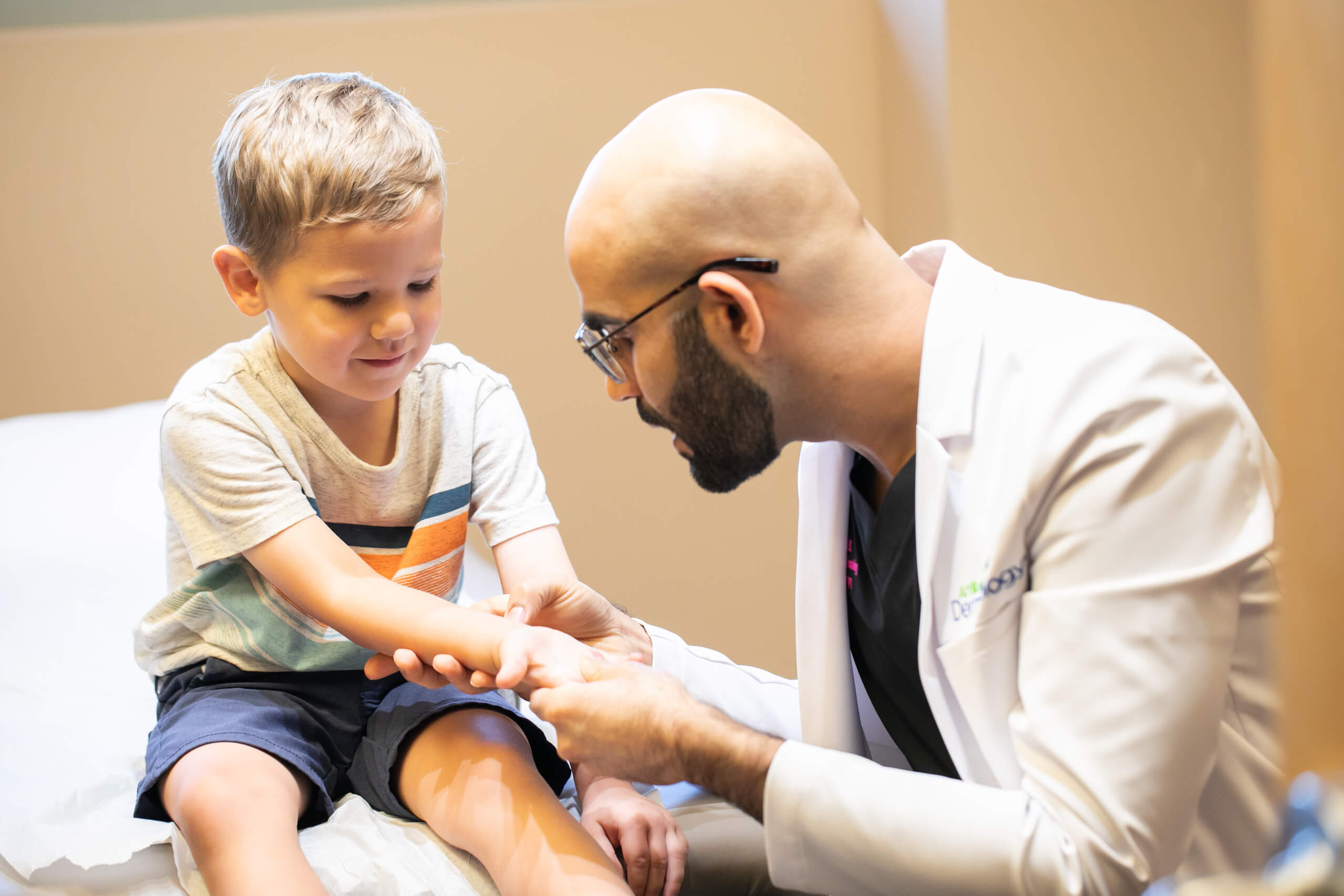Find solutions for hair loss by visiting a professional hair care expert.
Find solutions for hair loss by visiting a professional hair care expert.
Blog Article
Navigating Skin Cancer Cells Therapy: The Important Function of Mohs in Modern Dermatology Practices
Skin cancer cells, a daunting diagnosis, often leaves individuals grappling with countless therapy alternatives. Among these, Mohs surgical procedure stands as a sign in contemporary dermatology, renowned for its precise technique to cancer removal and preservation of surrounding healthy cells. This ingenious technique promises not just remarkable cosmetic results yet additionally uses immediate outcomes, alleviating individual anxiety. As we discover the ins and outs of this treatment, one will certainly appreciate its critical function in skin cancer cells therapy.
Understanding Skin Cancer: Types and Dangers
Skin cancer, a possibly serious ailment, is far more widespread than lots of people recognize. This disease, triggered by the unchecked growth of uncommon skin cells, mostly results from DNA damages because of exposure to the sunlight and ultraviolet (UV) light. There are three major sorts of skin cancer: Basal cell cancer, Squamous cell carcinoma, and Melanoma. While the former 2 are much less dangerous and comprise the majority of detected situations, melanoma is one of the most dangerous. It makes up just concerning 1% of skin cancer cells instances but creates the substantial majority of skin cancer fatalities - mohs surgery. Danger elements include reasonable skin, history of sunburn, extreme sunlight direct exposure, living at high altitudes or shut to the equator, having several moles, a family members background of skin cancer cells, and damaged body immune system.
What Is Mohs Surgery and How It's Changing Skin Cancer Cells Treatment
In spite of the numerous treatments presently offered for skin cancer cells, Mohs surgical procedure stands apart as a groundbreaking and extremely reliable remedy. Named after Frederic E. Mohs, the doctor that developed the procedure, Mohs surgery is a specific medical technique made use of to deal with skin cancer. During the treatment, thin layers of cancer-containing skin are gradually removed and checked out up until only cancer-free tissue remains. This method enables the cosmetic surgeon to verify that all cancer cells have actually been removed at the time of surgery. This level of precision, integrated with the ability to save as much healthy and balanced cells as possible, is transforming skin important link cancer cells therapy. As an outcome, Mohs surgery has actually ended up being a keystone of contemporary dermatology practices.
The Advantages of Mohs Surgical Procedure Over Typical Skin Cancer Cells Treatments
Structure on the ingenious nature of Mohs surgery, it's vital to consider its countless benefits over typical skin cancer cells treatments. Unlike guidelines, Mohs supplies a higher cure rate, commonly reaching 99% for novice therapies and 94% for recurring cancers. This accuracy is due to its one-of-a-kind technique of progressively getting rid of and examining tissue layers up until only cancer-free cells stay (mohs surgery). Additionally, it minimizes damages to healthy skin, bring about less scarring and improved cosmetic end results. Mohs likewise provides instant results, removing the anxiety-ridden wait usual with other techniques. Lastly, it's cost-efficient, as the surgery and microscopic exam take place concurrently, removing the need for added laboratory solutions. Hence, Mohs represents a substantial development in dermatological techniques.
The Treatment of Mohs Surgical Procedure: What to Expect During the Process

Prospective Side Effects and Post-Operative Treatment of Mohs Surgery
Undergoing Mohs surgical visit homepage procedure, like any type of various other procedure, entails prospective side effects that patients need to recognize. Common adverse effects consist of discomfort, wounding, and swelling at the surgical procedure site. These are generally temporary and convenient with over-the-counter discomfort medication and ice packs. In rare cases, individuals may experience infection, blood loss, or an allergic reaction to the anesthetic. Post-operative care is essential to healing and reducing side impacts. This commonly involves keeping the wound clean and dry, taking recommended medicines, and staying clear of strenuous tasks. Individuals should additionally attend all follow-up visits for wound care and tracking. In many cases, added treatments may be necessary to make certain total removal of the malignant cells. Sticking to these post-operative care visit our website guidelines can significantly boost recuperation and outcomes.
Final thought

Report this page